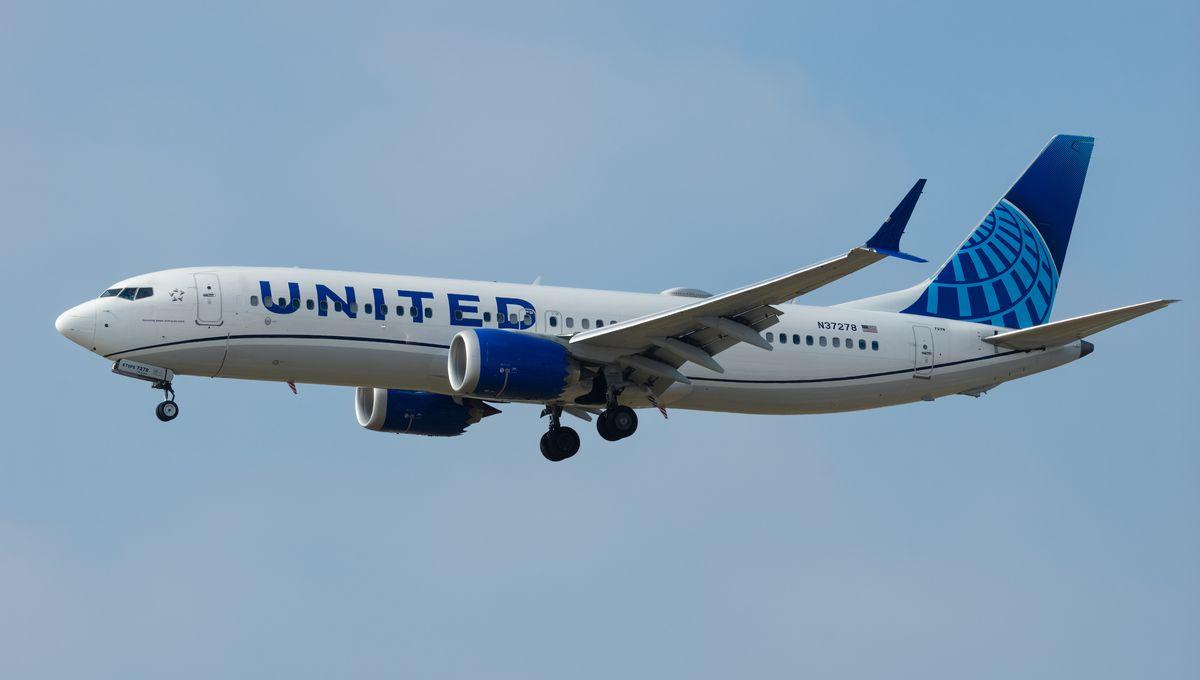US Flight Potentially Hit By Space Debris – What Are The Chances That The Claim Is Correct?

US Flight Potentially Hit By Space Debris – What Are The Chances That The Claim Is Correct?
A United Boeing 737-8 MAX flying from Denver, Colorado, to Los Angeles, California, was diverted to Salt Lake City on October 16, following an incident in which the glass of the windshield cracked. While an investigation is underway, it has been widely reported online to have been caused by a piece of space debris. This remains uncertain, given that the chances of a collision with space debris are extremely low, according to an official report from several years ago. But is the chance the same today?
The rest of this article is behind a paywall. Please sign in or subscribe to access the full content. Apart from unconfirmed photos and internet hubbub, there have been no official statements from either the Federal Aviation Administration (FAA) – which is affected by the current government shutdown – or from United, at the time of publication. The National Transportation Safety Board (NTSB), however, posted to X on October 19 that it is currently investigating the incident. "NTSB [is] gathering radar, weather, flight recorder data. Windscreen being sent to NTSB laboratories for examination," it said. ⓘ IFLScience is not responsible for content shared from external sites. The UA-1093 flight is reported to have had 140 people on board. It was flying at about 11 kilometers (36,000 feet) of altitude when it was apparently hit by something. A Bluesky user going by JonNYC posted on October 18 a claim that the pilot reported having seen the object coming, alongside what appear to be photos of the incident's aftermath showing glass in the cockpit and the pilot with cuts on their arm. After the incident, the pilots lowered the plane and eventually landed in Salt Lake City. The apparent report from the pilot is currently what pushes the speculation onto the space debris idea, although it has been alternatively suggested to be a meteorite. Without official sources, however, it remains unconfirmed. Alternative suggestions have been a piece of ice or a fragment from another plane. What are the chances that a plane gets hit by space debris? The value vastly reported in the media coverage of this event is one in a trillion. That number comes from a 2023 report from the FAA on the chance of an individual casualty due to a space debris hitting a plane. The actual number in the report is 0.36 out of a trillion, which it argues, correctly, is so small that it is statistically insignificant. However, the report doesn't quantify the chance of simply getting hit by space debris. The 0.36 in a trillion figure specifically refers to individual risk and the probability of a space debris collision causing serious injury or death to an individual. At the current number of flights, assuming an average of 150 passengers per flight, it would be a 1-in-530-year occurrence for a plane to be downed by space junk entering back into the atmosphere. It is a remote possibility. The report also mentions that the risk will increase over time due to the larger number of satellites in megaconstellations, such as SpaceX's Starlink. The FAA reports expect a 10-fold increase in the risk over a decade, which remains small, but gets a tad more concerning when using more recent data. The report's figures are based on 2021 data. At the time, there were about 6,500 satellites in orbit. Today, there are over 15,600 objects, most of them part of the Starlink megaconstellation. Starlink satellites, despite the record number of satellites being deorbited (sometimes several per day), are designed to burn completely in the atmosphere. Other rocket pieces and satellites may not. If this turns out to be space debris, similar to the case of the house hit in Florida, there should be a new evaluation of the risks.The accident
— JonNYC (@xjonnyc.bsky.social) 18 October 2025 at 14:23
The chances


